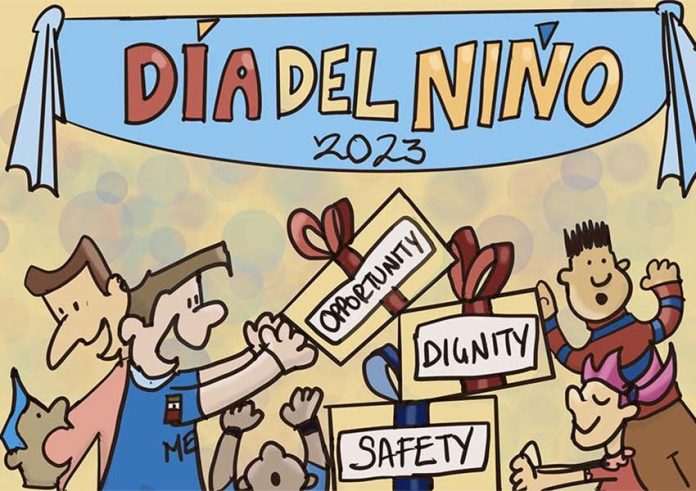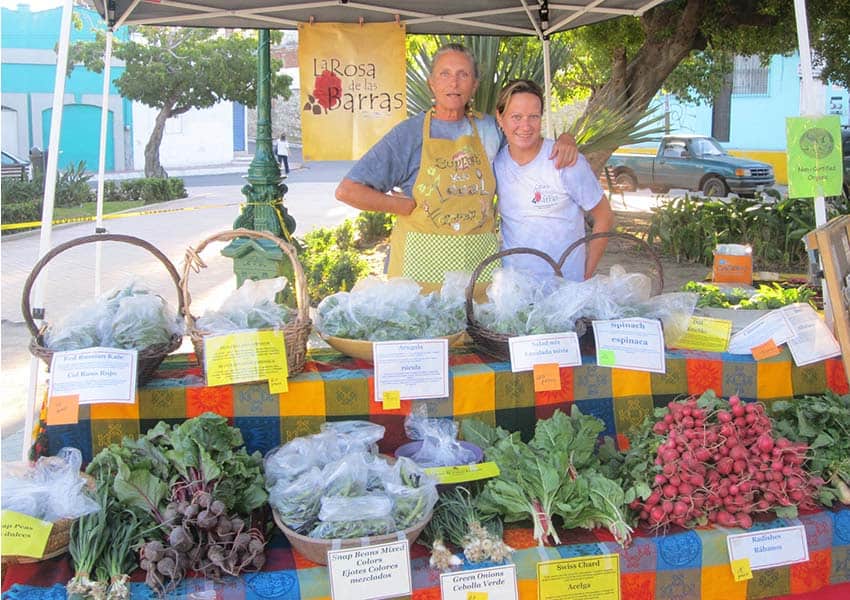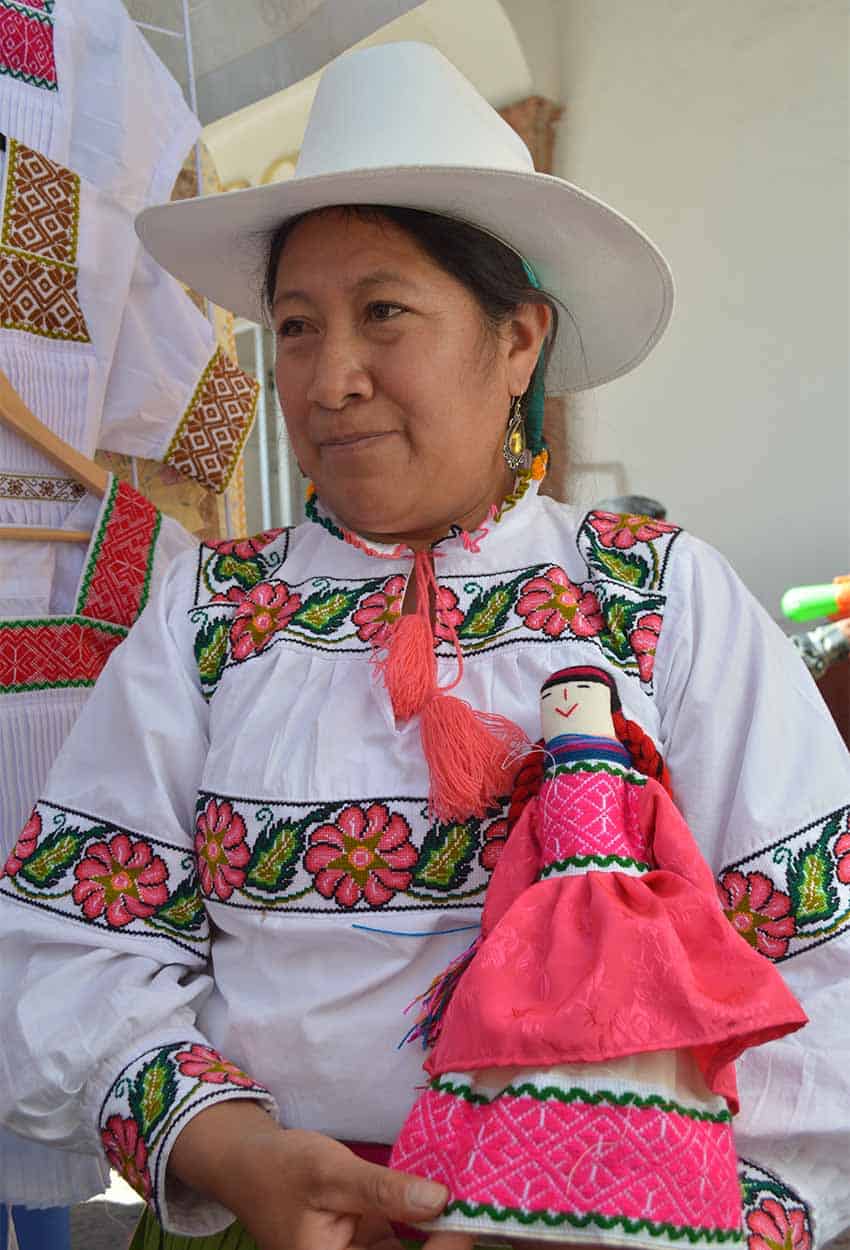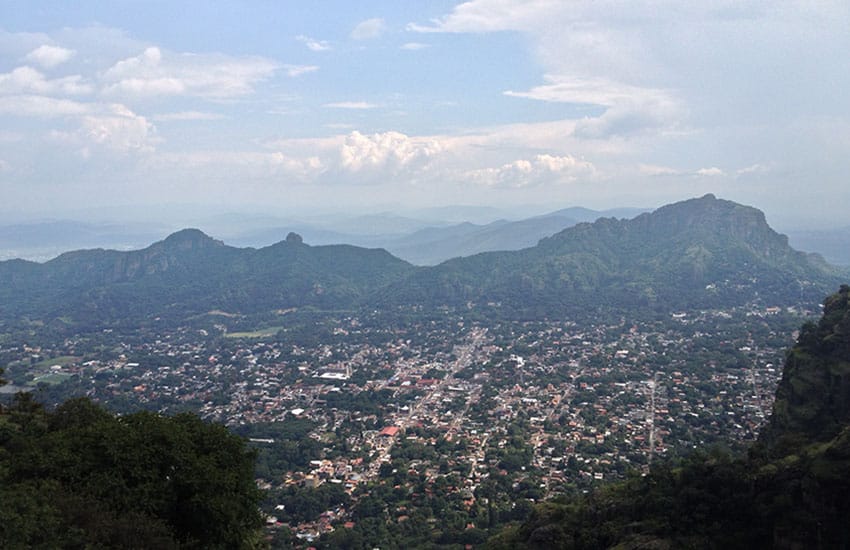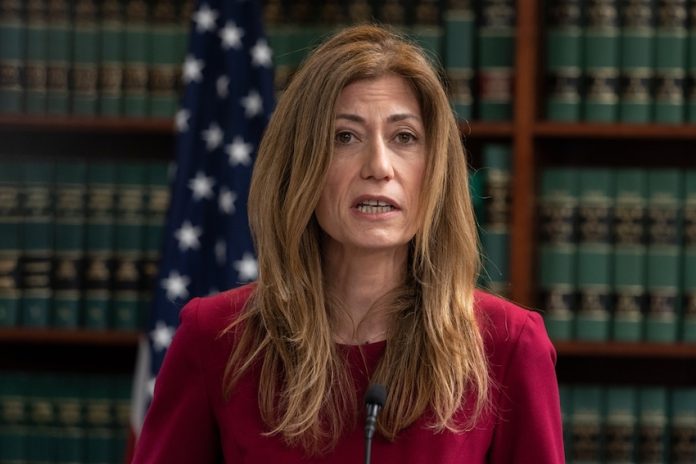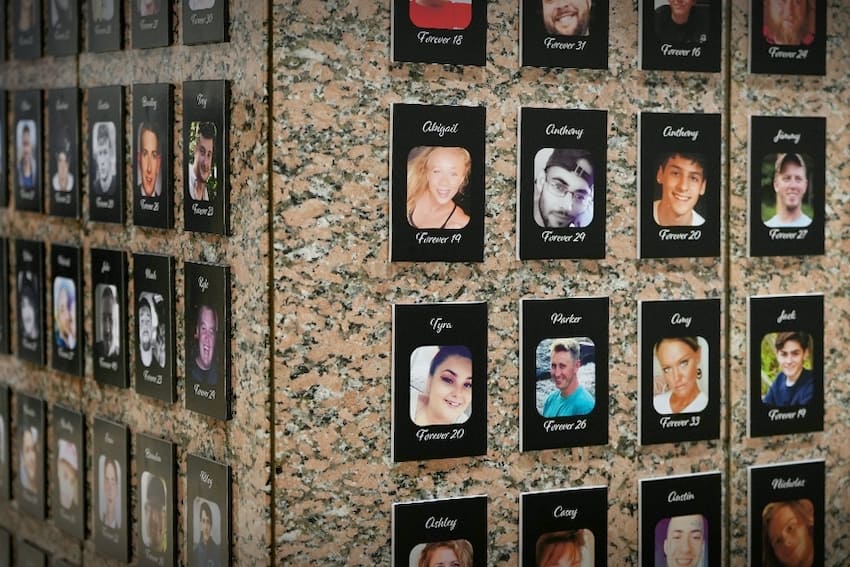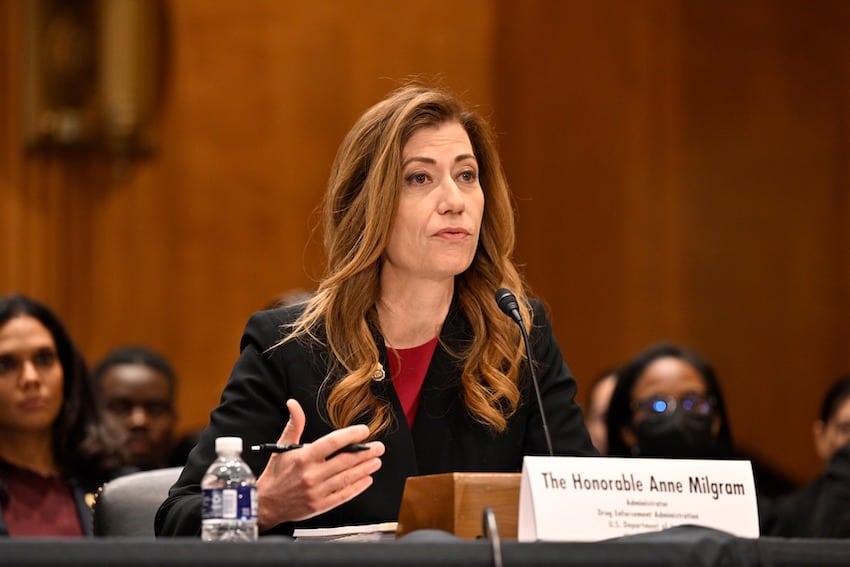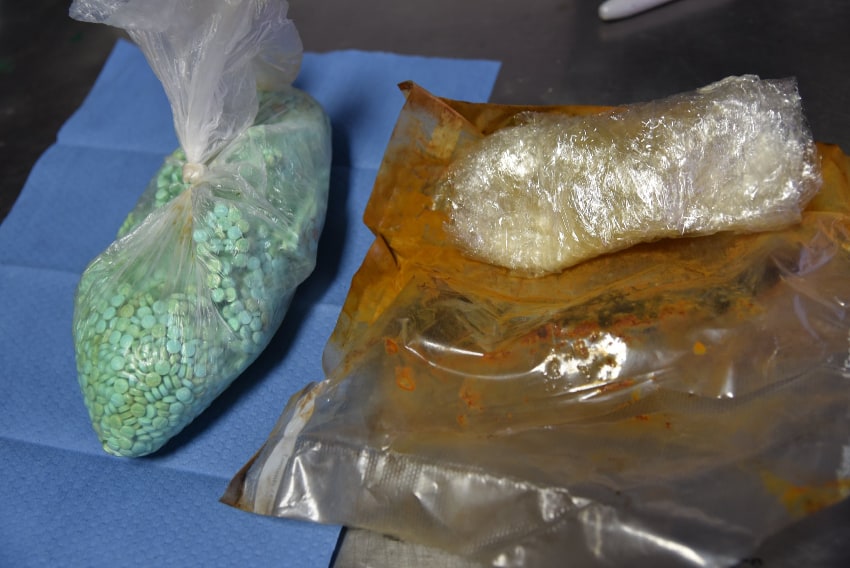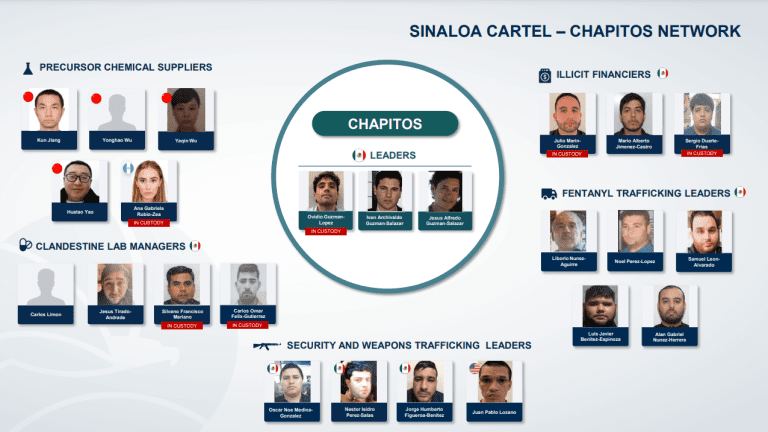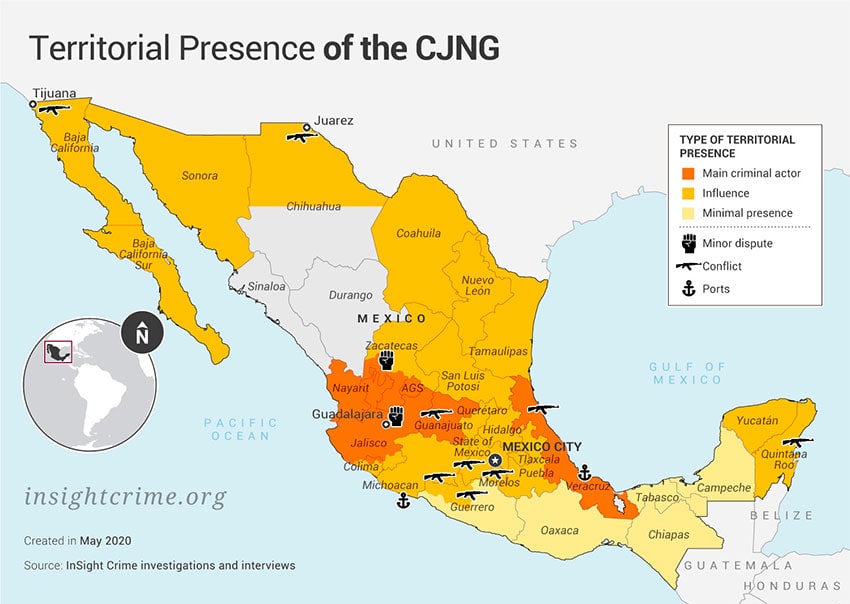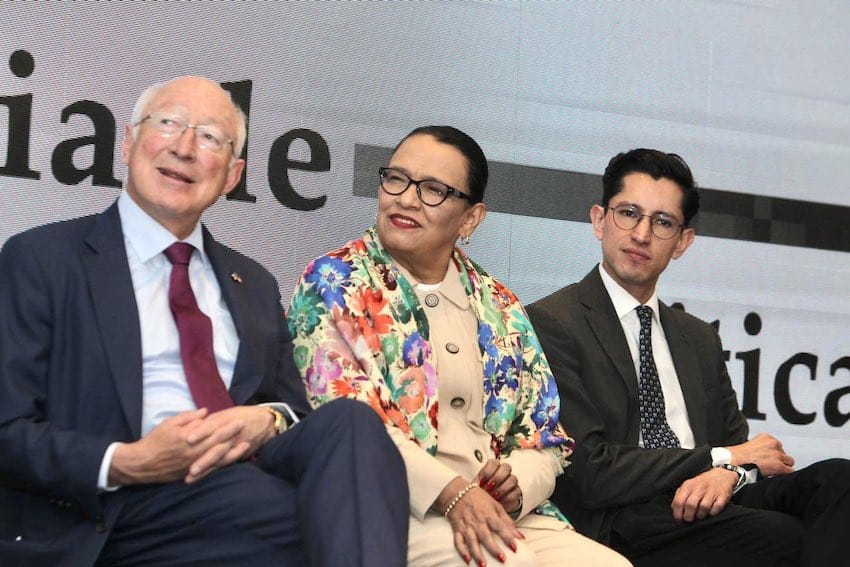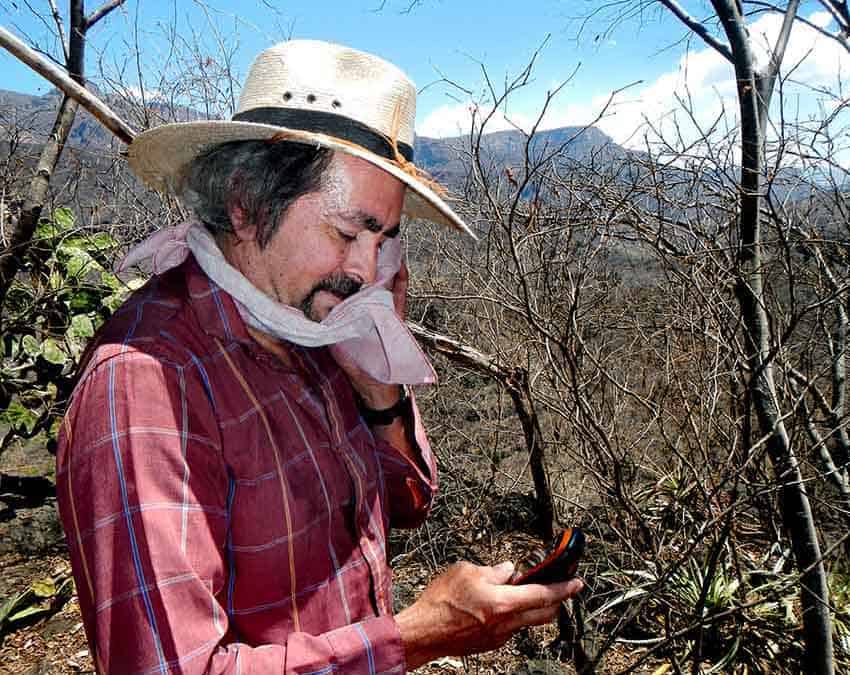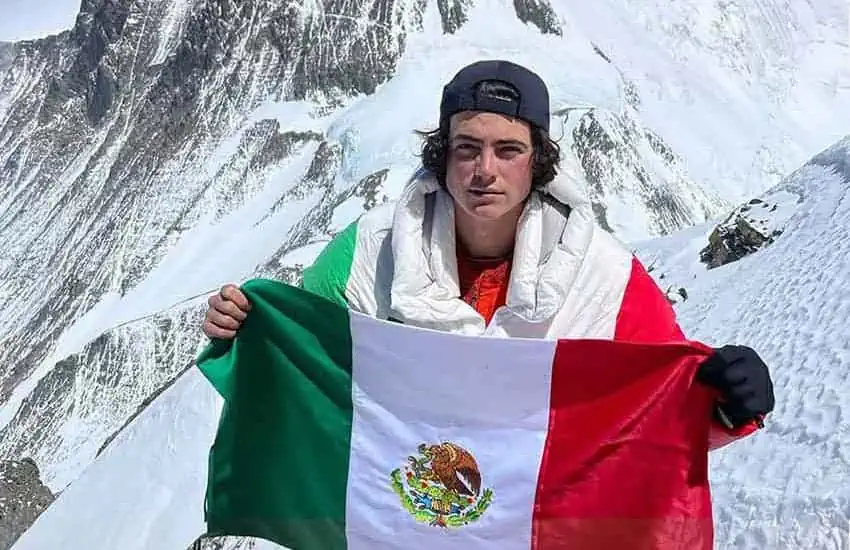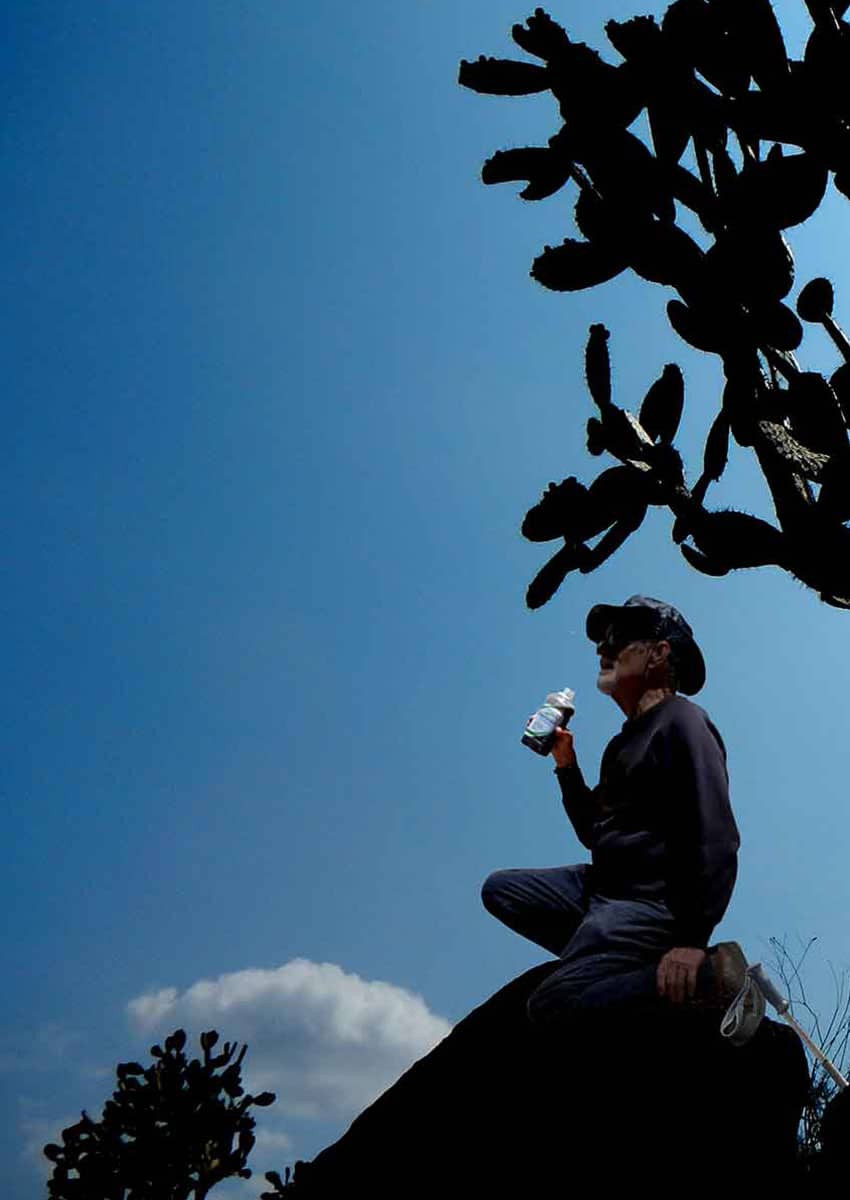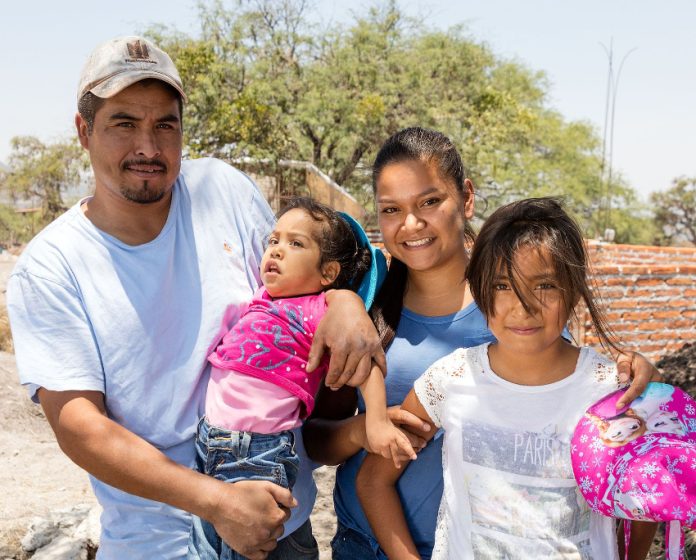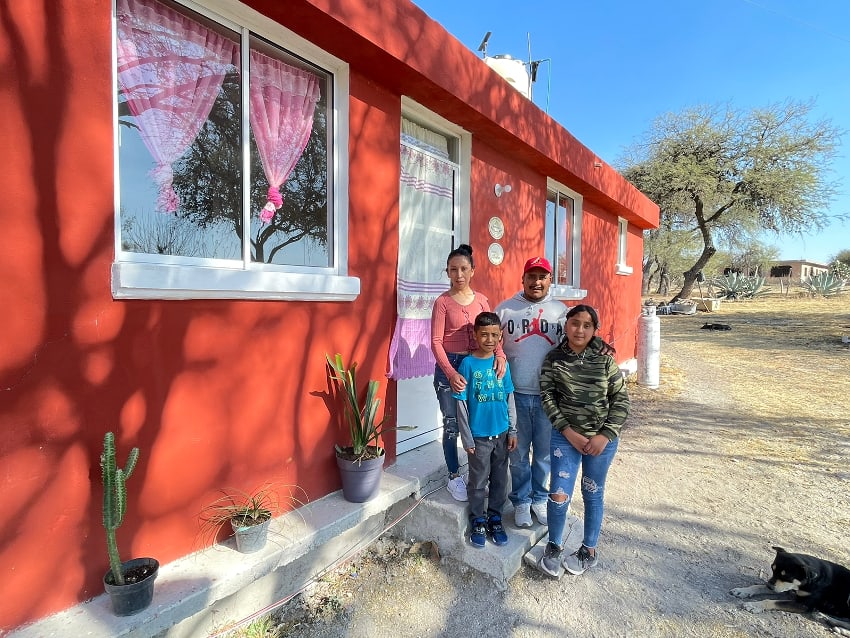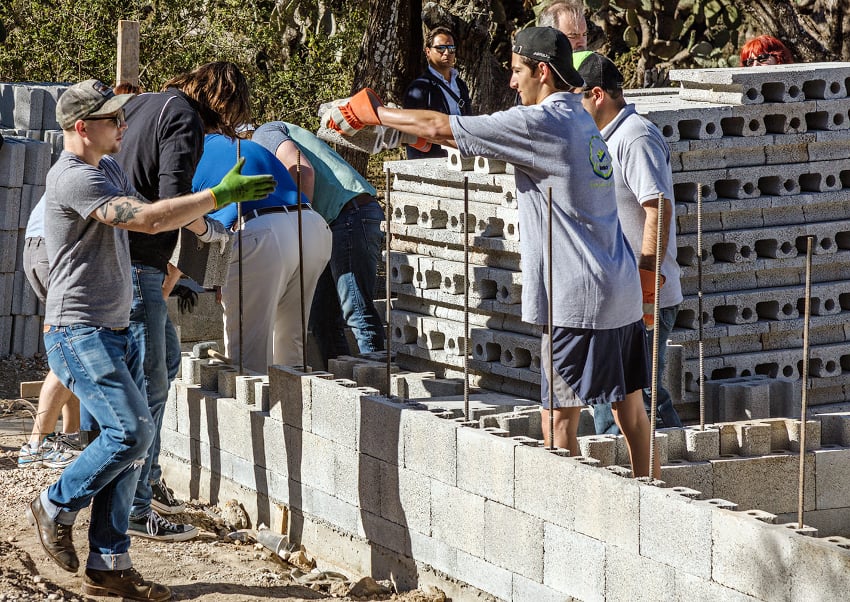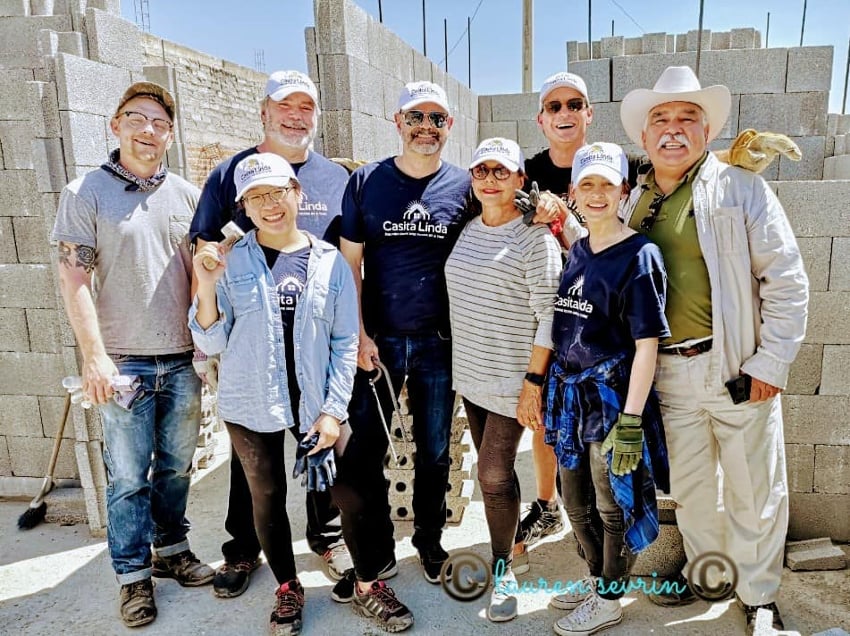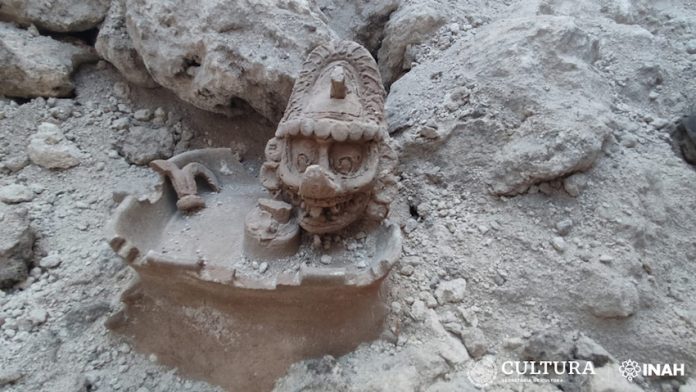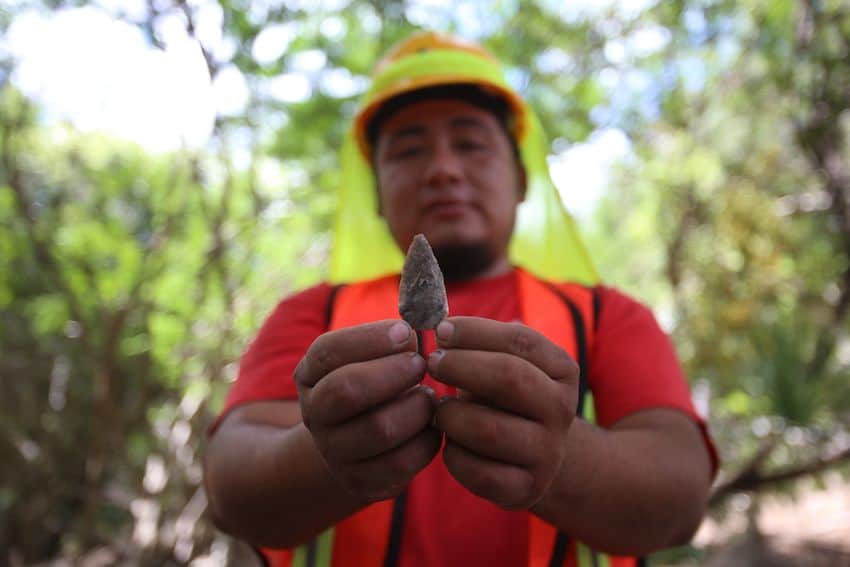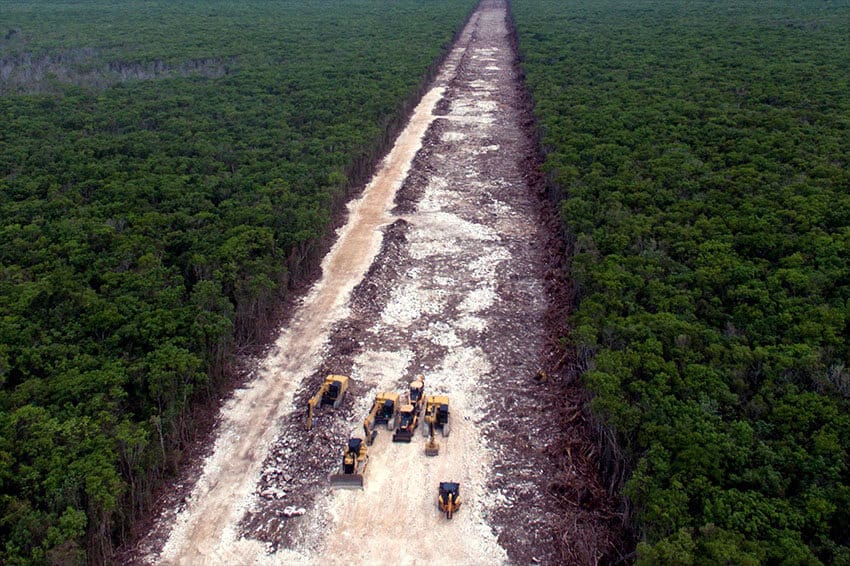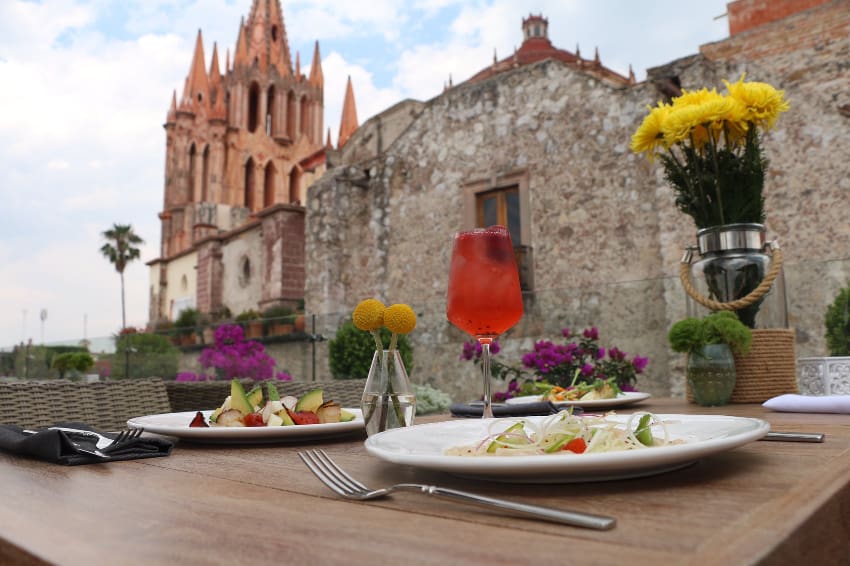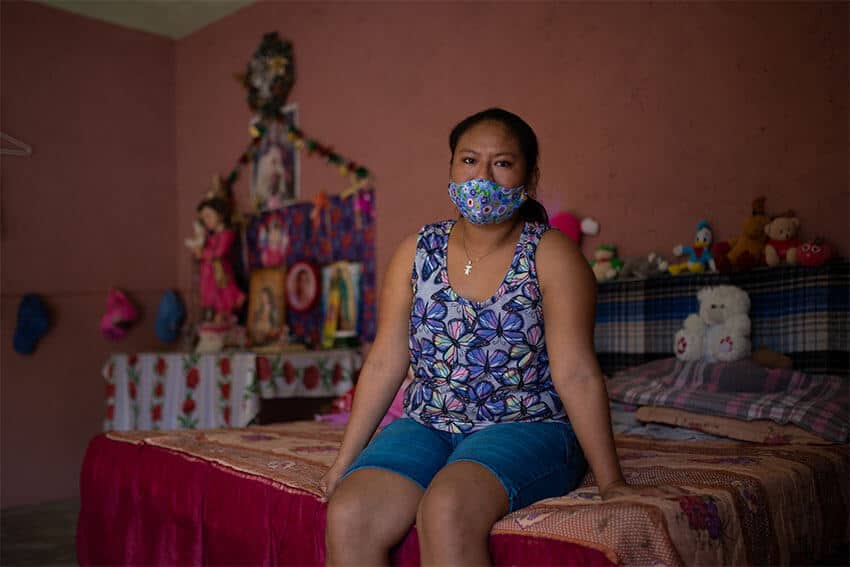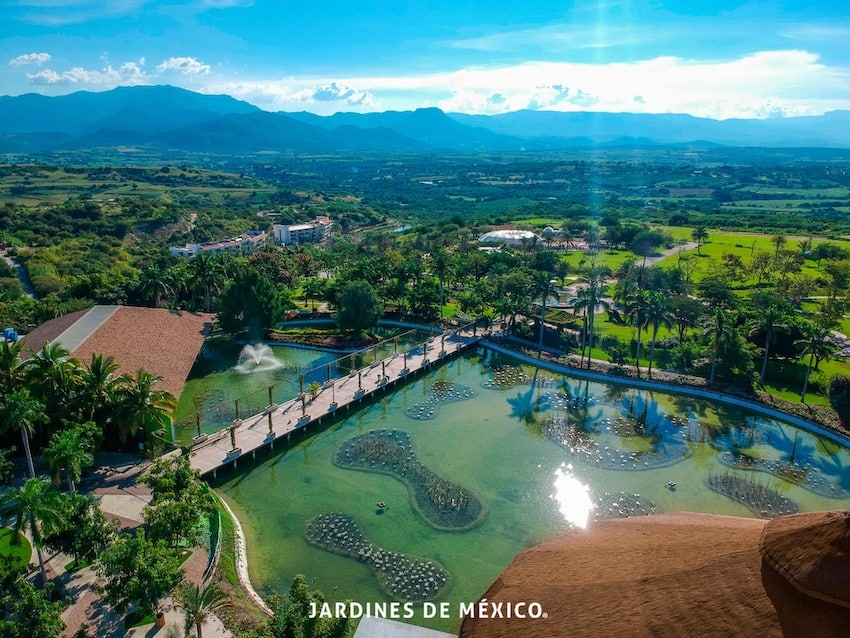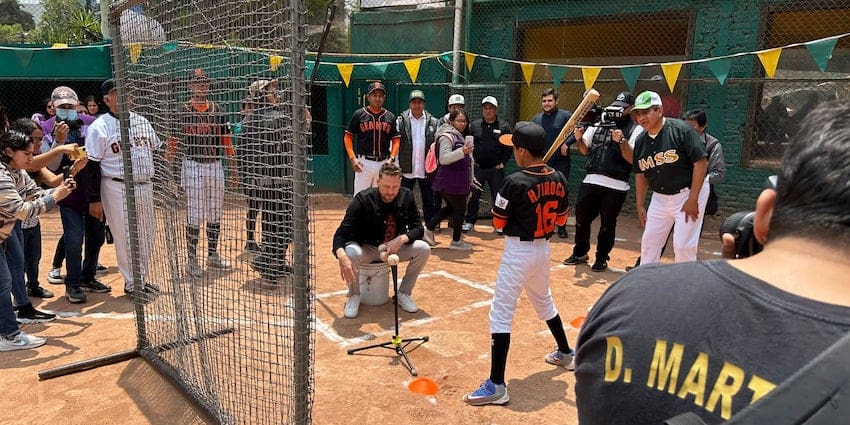Here’s one thing you’ll never hear me say: “Oh, I just love children!”
I love my own kid with my whole being, of course: she’s my heart. And I love other kids too, ones that I know individually and care for.
But I’m not a “kid person” in the same way that I’m not a “cat person.” They’re cute, and, yes, they can be adorably funny. They can melt your heart. They can also be really annoying and pretty darned inconsiderate, and often downright unhinged. They’re humans, after all, and ones who haven’t yet received all the proper training.
When I first came to Mexico, I was amazed at what I interpreted to be a great lack of discipline among children. Truth be told, I still kind of am.
Children demand things, often not politely, and here, people mostly oblige with a smile. When kids misbehave, the In-Charge Adult might say weakly a few times, “Hey, stop that” before giving up, not levering the consequences that I personally think such behavior deserves. Things that I find intolerable — children screaming at the top of their lungs makes me feel irrationally angry — seem to go unnoticed by most adults.
“They’re just kids,” people tell me with a weirded-out expression, as if to say, “What’s your deal?”
Now that I’m a mother myself, I’m not so quick to judge; I know how utterly exhausting and difficult it can be to be in charge of a tiny person’s life, especially in that toddler stage when they spend a couple of years obliviously and cheerfully trying to kill themselves like they were an immortal cartoon character.
At least Mexico (or Mexican families) seems to understand more than my home country (the U.S.) that raising kids is a team effort. Perhaps that’s where parents’ more relaxed attitude comes from: when pressure is more evenly distributed, everyone can relax a little more.
For the most part, the buck still stops with the mom. But for the lucky ones, there’s an army of relatives behind her to help with little ones’ educación, and some helpful government programs and policies to boot.
So why all this talk about kids?
Why, for Children’s Day, of course — it’s on Sunday!
When I first heard about Children’s Day way back when, I’m pretty sure I just stared dumbfounded for a few seconds. Children’s Day? Isn’t every day Children’s Day around here?
All joking aside, the celebration of Children’s Day in Mexico has been around for 99 years. Instituted by Education Secretary José Vasconcelos in 1924, its purpose was to put a spotlight on the human rights of children.
Since then, Children’s Day has been celebrated each year in Mexico with all manner of events, parties and parades for our little ones. Children often receive gifts on this day, and I know plenty of adults who not-so-subtly hint that they’re “big kids,” also deserving of gifts. One of my and my daughter’s activities this year will be getting free Children’s Day ice cream from a pizza shop down the street!
A few decades after Mexico instituted the holiday, the United Nations followed suit, declaring November 20 International Children’s Day as that was the date in 1959 that the UN’s Declaration on the Rights of the Child was published (Mexico signed it in 1990). In it are things like children’s rights to safety, to education, to protection from harm and to grow up in conditions of “freedom and dignity.”
I might feel a little grouchy about kids’ shenanigans sometimes, but I believe passionately in respecting their human rights.
Unfortunately, we’ve got a long way to go before that respect is a reality globally, and that includes Mexico. For all its cheerfulness about children, we’ve collectively failed to ensure a great many of their rights for the most vulnerable, as too many live in poverty with few opportunities and resources to truly help them grow into their full potential.
That said, Mexico is doing a lot more than many other countries, at least officially. While I have plenty of gripes about President López Obrador (after having been very excited about his election), I admire him for strengthening and expanding the country’s social programs aimed at the poor. While plenty of people have called into question his personal motivations, I honestly don’t care if the reasons are more cynical than altruistic; I just care about people getting the help and support that they need.
Much of this support comes by way of cash payments. If anything, I’d like for those to go further and see a universal basic income instituted — here and everywhere else (a pipe dream, I know). Not all problems can be solved by putting money into the hands of mothers, but quite a lot of them sure can be.
Big money also going into capably run institutions — rather than into the pockets of those inside the rooms when the plans are made — would also solve a lot of problems. More schools, more hospitals and more well-paid and well-trained workers to staff them could ensure everyone’s rights outlined in both the Mexican Constitution and the Declaration of Human Rights are respected.
Unfortunately, especially rural areas are filled with half-finished projects. Public schools may lack basic services, and unfinished hospitals dot the landscape, the money for them having “mysteriously” dried up. It would almost be funny in its obviousness if it didn’t have such devastating consequences.
Strengthening the rule of law is another area in which Mexico and, indeed, the rest of the world could ensure the rights of its youngest citizens. No laws, after all, mean anything if there’s no functioning justice system to back them up.
As you can see, I’ve got quite a wish list. Children grow up, and they inherit what we’ve created. They keep it going, consciously or not, and thus bequeath their world to the ones who come after.
Now is the time to show them what taking care of each other really looks like.
Sarah DeVries is a writer and translator based in Xalapa, Veracruz. She can be reached through her website, sarahedevries.substack.com
